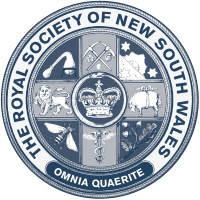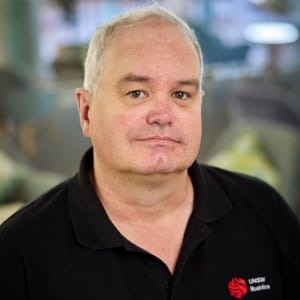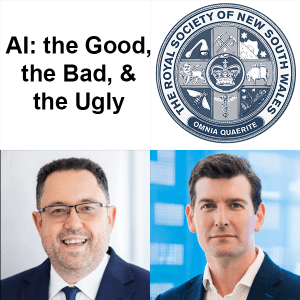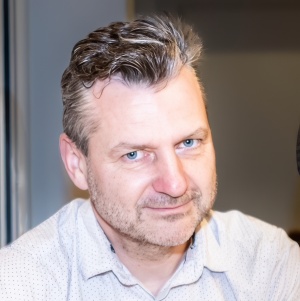“The weird world of nanoscale gold”
Mike Cortie, Director of the Institute for Nanoscale Technology, University of Technology, Sydney
Wednesday 5 May 2010 at 7 pm
Conference Room 1, Darlington Centre, University of Sydney
The field of `nanotechnology’ has captured the imaginations of many. There are many new journals dedicated to the subject and the entertainment media have featured it in several recent movies and books. But what is `nanotechnology’, and is it actually a new thing? Some people have described much of current nanotechnology as just old things in new clothes. I will show that while the study and exploitation of matter at the nanoscale is old news, there really is something quite startlingly different about the new field of `nanotechnology’. Real nanotechnology is the most reductionist form of science and technology imaginable. In the real thing, the basic paradigm is to define a desired technological functionality, and then to work backwards atom by atom to design a system to achieve that effect.Some materials, such as silicon, carbon, DNA, titanium dioxide and gold have become very prominent within the nanotech arena. This has not been the result of some arbitrary choices, rather these particular materials offer uniquely attractive engineering properties that specifically commend their selection for nanoscale systems and devices. Gold is particularly interesting to myself and my colleagues, and much of our research targets or uses this element. The reason gold is popular in nanoscale research and technology is that it offers an unrivalled combination of material properties for applications requiring a conductor. But what can you do with it? In my talk I will show first, how things become a bit weird with gold as the size scale is shrunk to nano-dimensions, and then I will describe some of the many useful devices that can be fabricated by exploiting these properties. Some of the interesting existing and prospective applications for gold at the nanoscale include bio-diagnostics, biosensors, solar filters, optical filters, colorants and pigments, single electron devices, new kinds of digital memory, and plasmonic circuitry. But it is a fast-moving field and who knows what new ideas will pop up in the next couple of years.
Mike Cortie is the Director of the Institute for Nanoscale Technology at the University of Technology, Sydney (UTS), in Australia. He was born and educated in South Africa. He has a BSc(Eng) degree in Physical Metallurgy, a Masters degree earned from research on the corrosion of zirconium and a PhD degree, which was focused on metal fatigue and awarded in 1987. After a stint at South Africa’s Atomic Energy Corporation and at Pylon Engineering, a gear-cutting works, Mike joined Mintek, a minerals and metals research organisation. Mike headed the Physical Metallurgy Division of Mintek between 1997 and 2002. The Division consults widely to South African and international industry and now generates the major portion of its funds from foreign contract research. He relocated to Australia and joined UTS in July 2
Mike’s current research interest is nanotechnology, and in particular the applications of precious metals in nanotechnology. Previous research activities included research on ferritic and nickel-substituted stainless steels, on intermetallic compounds with the C1 (CF12) and B2/L21 crystal structures, on X-ray diffraction and crystallographic texture of bcc and fcc alloys, on cellular automata and the simulation of metal solidification, cracking and solid state transformations, on explosive interactions between molten metal and water, on displacive transformations in Pt-containing alloys and compounds, on the phase relationships in the Al-Au-Cu ternary system, and on the crystal structures of the martensite phase formed by displacive phase transformation in the b Au-Al-Cu shape memory alloy. He has also been active outside the materials arena, and has made contributions to the mathematical modelling and graphics rendering of mollusc shells, and the science education of children.








